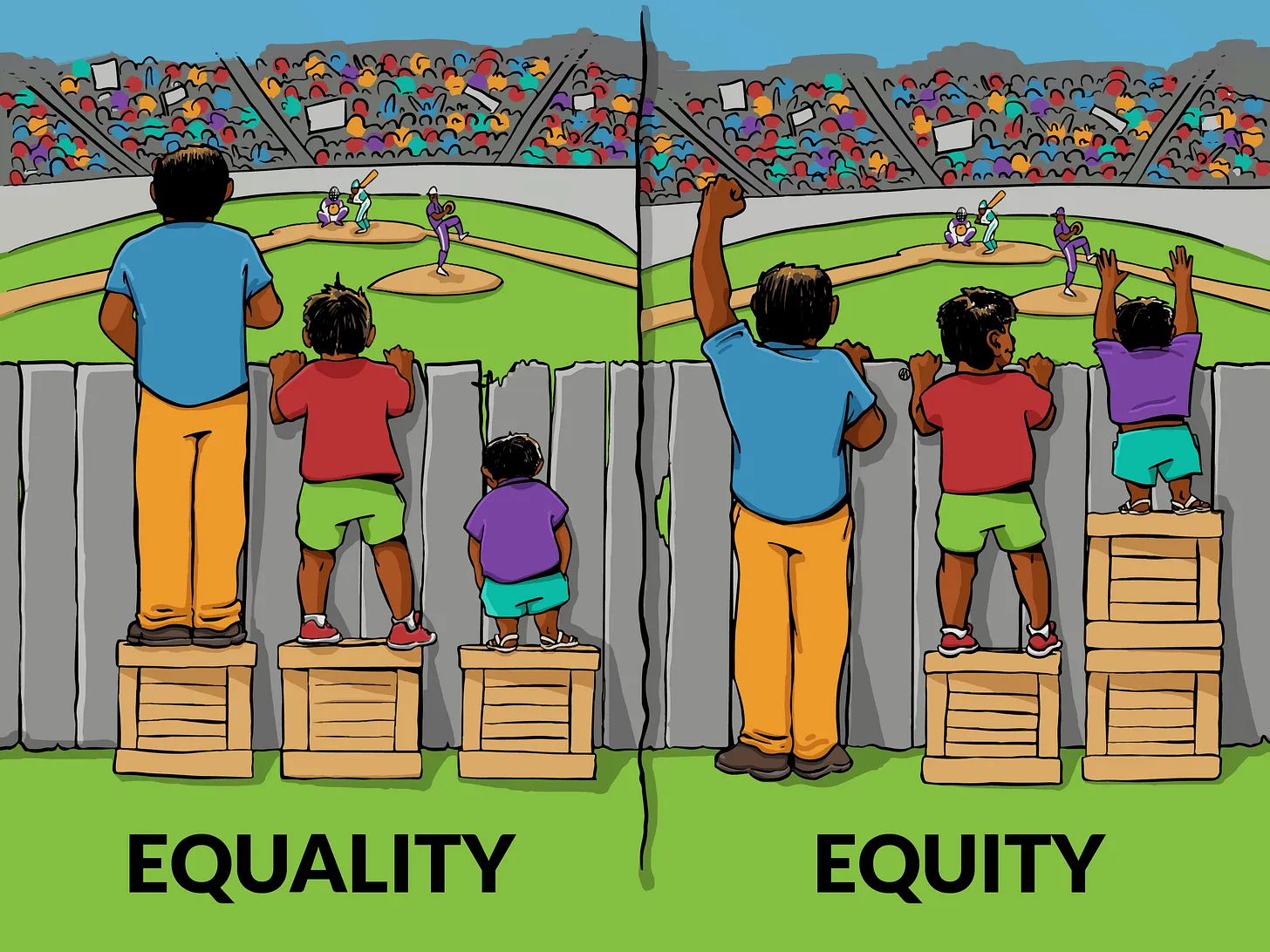The Latest Health Equity Research to Watch in 2025

Health equity research is seriously heating up in 2025! 🔥
What used to be a nice-to-have initiative is now becoming a must-have strategy for healthcare organizations. And it’s not just about checking diversity boxes anymore – we’re talking about real business impact, innovative research methods, and tech solutions that are changing the game.
Let’s dive into what’s happening and why it matters for everyone from hospital execs to researchers to patients themselves.
The Big Shift: Health Equity Goes From “Nice Idea” to “Business Essential”
Remember when health equity was just something organizations put in their mission statements but didn’t really act on?
Those days are over.
Only about 25% of healthcare executives initially prioritized health equity, but now they’re seeing it as a serious growth lever and operational necessity. The most forward-thinking leaders are expanding beyond just race and ethnicity metrics to include factors like:
- Age
- Geography
- Disability status
- Disease states
- Risk profiles
- Socioeconomic factors
According to Deloitte, a whopping 72% of health equity leaders expect their roles to become more important in their organizations this year. And about 90% expect their organizations to maintain or increase health equity investments.
Why the shift? Because addressing health disparities isn’t just morally right – it significantly reduces costs and improves care effectiveness.
Prevention: The Secret Weapon for Health Equity

If you want a single strategy that moves the needle on health equity, here it is: preventive care.
Think about it – expanding preventive services improves outcomes, reduces complications, and lowers costs, especially for underserved populations.
Programs making waves in 2025 include:
- CMS’s Advanced Primary Care Management (APCM)
- New billing codes for Social Determinants of Health risk assessments
- Enhanced Annual Wellness Visits that incorporate equity considerations
These programs let providers systematically:
- Assess social risks
- Coordinate care
- Overcome barriers
- Support self-management
The coolest part? This approach actually addresses the root causes of disparities instead of just treating symptoms after they appear. Research shows that early intervention through preventive care can significantly reduce health disparities across different populations.
Research Methods Are Getting a Major Upgrade
You can’t solve what you can’t properly study, and that’s why 2025 is seeing some serious innovation in research methods.
The Health Equity Research Methods (HERMes) Initiative at Children’s Hospital of Philadelphia is leading the charge to unify and advance equity research through:
- Better study design
- Inclusive sampling (no more research just on white dudes! 👨🦳)
- Equity-oriented epidemiology
- Real community partnerships
Another game-changer is the comprehensive health equity checklists for researchers, like the one from the RAND REACH Center. This guides investigators to embed equity at every stage from design and recruitment to analysis and dissemination.
And in health economics? The ISPOR Special Interest Group’s 2025 primer is giving researchers the tools to incorporate health equity into economic evaluations, clinical trials, and real-world evidence generation.
AI + Data = Equity Superpowers

Despite some folks saying health equity is just a passing trend, 2024 was really about building the infrastructure. Now 2025 is all about execution.
And the execution is powered by some serious tech:
Data analytics are identifying underserved populations with pinpoint accuracy, helping monitor disparities in real-time, and tailoring interventions to specific communities.
Artificial intelligence and machine learning are revolutionizing clinical research and care delivery. For example, AI can now detect geographic areas with historically low participation in clinical trials, helping to optimize recruitment strategies and increase diversity.
Plus, interoperability of health records and expanded digital health tools are making it easier than ever to collect and integrate social determinants data.
This tech isn’t just improving equity – it’s also addressing provider burnout through automation and AI-driven workflow efficiencies. Because burned-out providers can’t deliver equitable care!
The Trillion-Dollar Question: What’s the Economic Impact?
If you’re still not convinced health equity matters, let’s talk money. 💰
Health inequities currently add an estimated $320 billion annually to U.S. healthcare spending.
And it gets worse – projections show this could exceed $1 trillion by 2040 if we don’t address these problems.
Mental health disparities alone contribute to productivity losses estimated at $116 billion in 2024, mainly due to absenteeism and unemployment.
On the flip side, Deloitte’s modeling suggests that eliminating these inequities could add $2.8 trillion to the U.S. GDP and increase corporate profits by $763 billion.
The math is clear: health equity isn’t just the right thing to do – it’s the profitable thing to do.
The Road Ahead: Making Equity Stick

For health equity research to have lasting impact in 2025 and beyond, we need sustained commitment from:
- Funding agencies
- Healthcare organizations
- Researchers
- Policymakers
This means:
- Building diverse research teams (no more all-white, all-male research departments)
- Securing equitable funding streams
- Prioritizing dissemination strategies that actually benefit affected communities
- Ensuring that innovations in precision medicine, genomics, and AI don’t widen existing gaps
The bottom line? Health equity is no longer just a nice goal – it’s an explicit, measurable expectation. Organizations that embrace digital inclusion, data-driven decision-making, and genuine community engagement will lead the way to better outcomes for everyone.
And those that don’t? They’ll be left behind, both ethically and economically.

